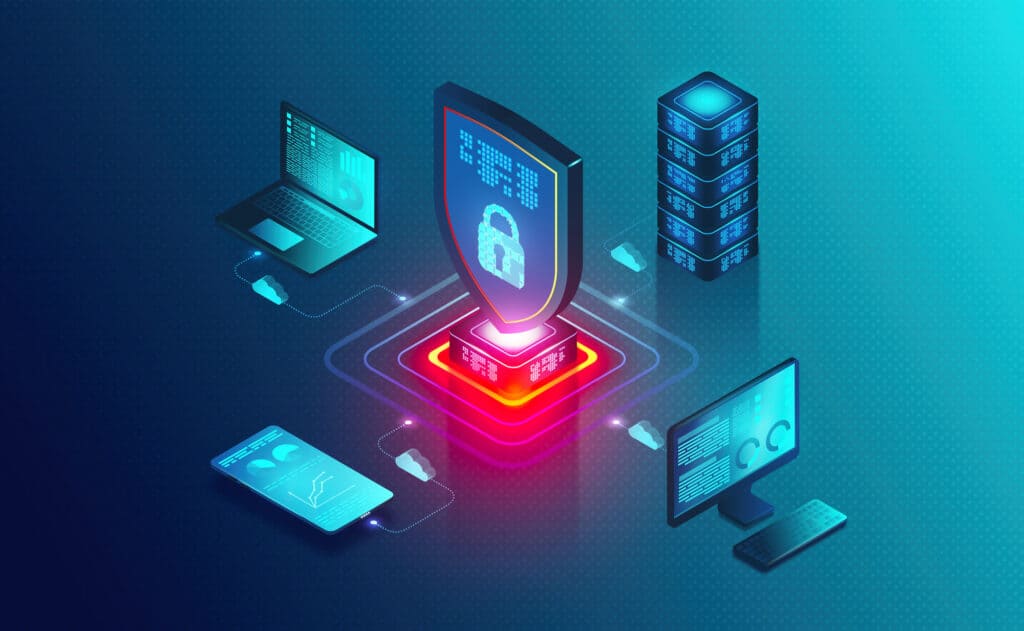Pulse of Information
Your source for the latest insights and updates.
Cybersecurity: The Invisible Shield Everyone Needs
Unlock the secrets of cybersecurity and discover why it's the invisible shield every digital user must have to stay safe online!
What is Cybersecurity and Why is it Essential for Everyone?
Cybersecurity refers to the practice of protecting systems, networks, and programs from digital attacks. These cyberattacks are usually aimed at accessing, altering, or destroying sensitive information, and they can disrupt services and compromise users’ privacy. In today's interconnected world, where individuals and organizations rely heavily on digital platforms, the importance of cybersecurity cannot be overstated. It encompasses various technologies, processes, and policies designed to safeguard electronic data, ensuring that personal and professional information remains safe from malicious actors.
As technology continues to evolve, so do the tactics employed by cybercriminals, making it essential for everyone to prioritize cybersecurity. With the rise of remote work and online transactions, individuals are more vulnerable than ever to identity theft, phishing, and other cyber threats. By implementing strong security measures such as using complex passwords, enabling two-factor authentication, and staying informed about the latest security practices, everyone can contribute to a safer digital environment. Ultimately, cybersecurity is not just an IT concern; it's a shared responsibility that protects the integrity and availability of our data across all sectors.

Top 5 Cybersecurity Practices to Protect Your Personal Information
In today's digital age, safeguarding your personal information has never been more critical. Here are the Top 5 Cybersecurity Practices you should implement to protect yourself:
- Use Strong Passwords: Create complex passwords that combine letters, numbers, and symbols. Avoid using easily guessable information such as birthdays or common words.
- Enable Two-Factor Authentication (2FA): Adding an extra layer of security requires a second form of verification, such as a text message or authentication app, ensuring that even if your password is compromised, your account remains secure.
Continuing with our Top 5 Cybersecurity Practices, it's crucial to:
- Regularly Update Software: Keep your operating system and applications updated to protect against vulnerabilities that hackers exploit.
- Be Wary of Public Wi-Fi: Avoid accessing sensitive information when connected to unsecured public networks, as these are prime targets for cybercriminals.
- Educate Yourself: Stay informed about the latest cybersecurity threats and best practices to ensure you can recognize and avoid potential risks.
Understanding the Different Types of Cyber Threats: Are You Prepared?
In today's digital age, understanding the various types of cyber threats is crucial for both individuals and businesses. Cyber threats can be categorized into several key types, including malware, phishing, ransomware, and DDoS attacks. Each of these threats poses unique challenges and risks. For example, malware can silently infiltrate systems, stealing sensitive information or compromising operational integrity, while phishing attempts exploit human psychology to gain unauthorized access to personal or financial data. It is vital to recognize these threats to effectively implement security measures.
Preparation is key when it comes to defending against cyber threats. Organizations and individuals should establish comprehensive security protocols, including regular software updates, data backup solutions, and employee training programs that focus on recognizing and responding to potential attacks. Moreover, utilizing advanced security tools such as firewalls and intrusion detection systems can bolster defenses. By understanding the different types of cyber threats and taking proactive steps, you can significantly lower your risk and enhance your overall cybersecurity posture.